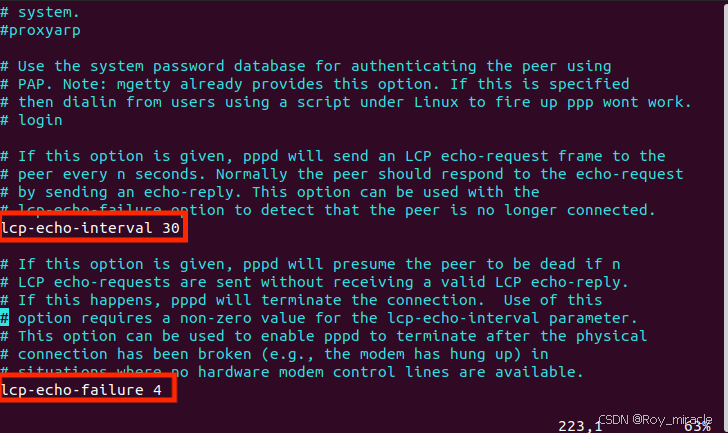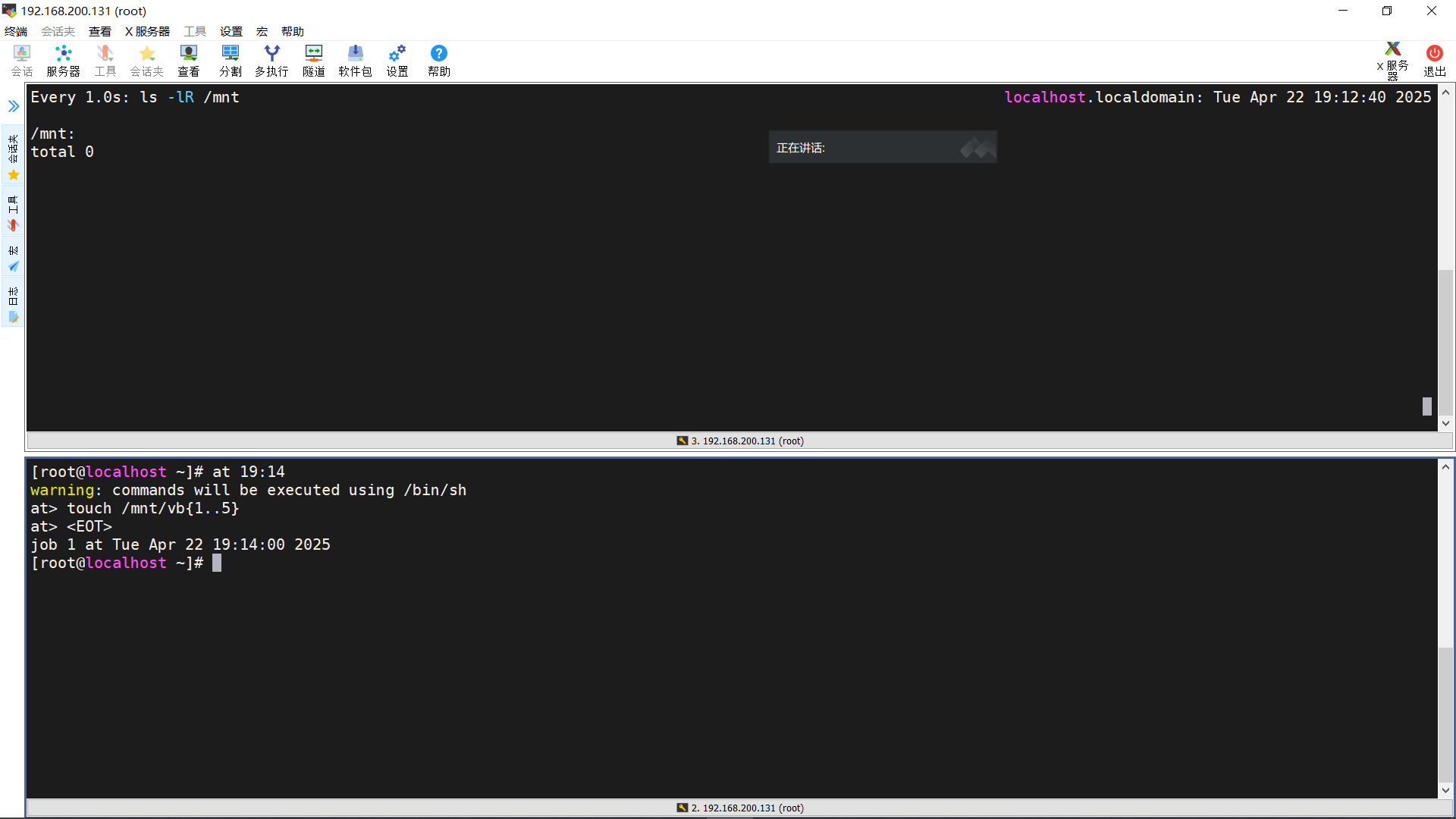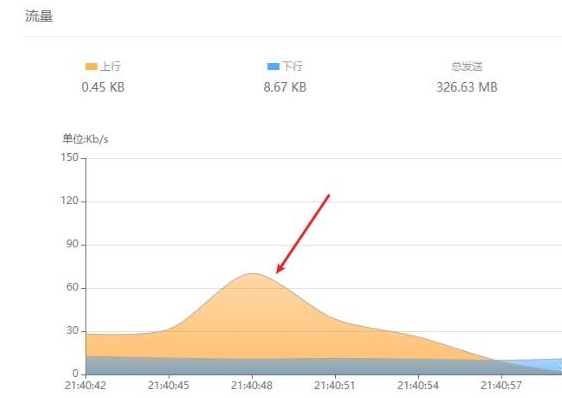nginx配置文件详解—nginx.conf
很多时候我们做的许多事情,都是在与配置文件打交道的,所以了解其原始配置项的意义就成了一个很基础的事情,个人有幸在工作以及日常接触中,多少也总结了那么一些服务的配置文件。
是的,这将是一个系列,在这里系列里,有的是我个人一条一条整理的,有的则来源于网络,总之在这里进行一次汇总,尽可能将生产中常见到的都涉及到了。

nginx 的配置文件,如果你是源码安装的,那么默认在 nginx/conf 下,而且同目录下默认有一个备份配置,可以放心折腾,坏了还能有默认的来还原。
Nginx 与 Apache 都是用于 web 服务器, 相比较之下,Nginx 的优势在于:反向代理,rewrite 规则,稳定性,静态文件处理,内存消耗,节省带宽,稳定性高,支持热部署,可以高并发连接等优点,过多的两者之间的对比这里就不展开了。
要想真正的对 Nginx 熟练运用掌握, 熟悉其中配置文件的内容必不可少, 下边就来搞这个事情!
user nobody;
#使用的用户和组 ---> 默认是nobody 一般创建系统用户nginx并设置
worker_processes 1;
#指定工作衍生进程数(一般等于CPU的总核数或总核数的两倍,例如两个四核CPU,则总核数为8)
error_log logs/error.log;
error_log logs/error.log notice;
error_log logs/error.log info;
#指定错误日志错放的位置,错误日志记录级别可选项为: debug | info | notice | warn | error | crit
pid logs/nginx.pid;
#指定pid存放的位置
charset koi8-r;
#设置使用的字符集,如果一个网站有多重字符集,请不要随便设置,应该让程序猿在HTML代码中通过Meta标签设置
events {
worker_connections 1024;
}
#每个进程可以处理的连接数
http {
include mime.types;
default_type application/octet-stream;
#默认文件类型
log_format main '$remote_addr - $remote_user [$time_local] "$request" '
'$status $body_bytes_sent "$http_referer" '
'"$http_user_agent" "$http_x_forwarded_for"';
#使用log_format可以自定义日志格式,名称为main
#access_log logs/access.log main;
#创建访问日志,格式采用main定义的格式
sendfile on;
#是否调用sendfile()进行数据复制,sendfile()复制数据是在内核级别完成的,所以会比一般的read、write更高效
tcp_nopush on;
#开启后服务器的响应头部信息产生独立的数据包发送,即一个响应头信息一个包
keepalive_timeout 0;
keepalive_timeout 65;
#保持连接的超时时间
gzip on;
#是否采用压缩功能,将页面压缩后传输更节省流量
server {
#使用 server定义虚拟主机 server 1
listen 80;
#服务器监听的端口
server name www.jacob.com;
#访问域名
charset koi8-r;
#编码格式,如果网页编码与此设置不同,则将被自动转码
access log logs / host access log main ;
#设置虚拟主机的访问日志
location / {
#对URL进行匹配
root html;
#设置网页根路径,使用的是相对路径,html指的是处于 Nginx安装路径下
index index.html index.htm;
#首页文件,先找 index.htm1,若没有,再找 index.htm,或者添加index.php
error_page 404 /404.html;
#redirect server error pages to the static page /50x.html
error_page 500 502 503 504 /50x.html;
location = /50x.html {
root html;
}
#proxy the PHP scripts to Apache listening on 127.0.0.1:80
#设置错误代码对应的错误页面
location ~ .php$ {
proxy_pass http://127.0.0.1;
}
#这三行注释行表明,若用户访问URL以.php结尾,则自动将该请求转交给127.0.0.1服务器,通过 proxy pass可以实现代理功能
#pass the PHP scripts to FastCGI server listening on 127.0.0.1:9000
location ~ .php$ {
root html;
fastcgi_pass 127.0.0.1:9000;
fastcgi_index index.php;
fastcgi_param SCRIPT_FILENAME /scripts$fastcgi_script_name;
include fastcgi_params;
}
#deny access to .htaccess files, if Apache's document root
#concurs with nginx's one
#这段表示对接后端php-fpm的服务,有时候可能没有跑起来9000端口,这个时候要改成sock的形式。
location ~ /.ht {
deny all;
#拒绝所有的人访问,ht页面
# another virtual host using mix of IP-, name-, and port-based configuration
#不解释
# HTTPS server
server {
#定义虚拟主机
listen 443;
#监听TLS使用的443端口
server_name localhost;
ssl on;
#开启SsL功能
ssl_certificate cert.pem;
#指定证书文件,使用相对路径证书需要存放在与nginx.conf同目录下
ssl_certificate_key cert.key;
#指定私钥文件,使用相对路径私钥需要存放在与 nginx.conf同目录下
ssl_session_timeout 5m;
ssl_protocols SSLv2 SSLv3 TLSv1;
ssl_ciphers HIGH:!aNULL:!MD5;
ssl_prefer_server_ciphers on;
location / {
root html;
index index.html index.htm;
}
}
}
以上是自己在学习的时候一条一条整理的配置。
今天关于 nginx 的配置文件就先到这里,更多其他方面的原理知识,以后慢慢更新。
接着列一下默认的配置文件解释。
#运行用户
user www-data;
#启动进程,通常设置成和cpu的数量相等
worker_processes 1;
#全局错误日志及PID文件
error_log /var/log/nginx/error.log;
pid /var/run/nginx.pid;
#工作模式及连接数上限
events {
use epoll; #epoll是多路复用IO(I/O Multiplexing)中的一种方式,但是仅用于linux2.6以上内核,可以大大提高nginx的性能
worker_connections 1024;#单个后台worker process进程的最大并发链接数
# multi_accept on;
}
#设定http服务器,利用它的反向代理功能提供负载均衡支持
http {
#设定mime类型,类型由mime.type文件定义
include /etc/nginx/mime.types;
default_type application/octet-stream;
#设定日志格式
access_log /var/log/nginx/access.log;
#sendfile 指令指定 nginx 是否调用 sendfile 函数(zero copy 方式)来输出文件,对于普通应用,
#必须设为 on,如果用来进行下载等应用磁盘IO重负载应用,可设置为 off,以平衡磁盘与网络I/O处理速度,降低系统的uptime.
sendfile on;
#tcp_nopush on;
#连接超时时间
#keepalive_timeout 0;
keepalive_timeout 65;
tcp_nodelay on;
#开启gzip压缩
gzip on;
gzip_disable "MSIE [1-6].(?!.*SV1)";
#设定请求缓冲
client_header_buffer_size 1k;
large_client_header_buffers 4 4k;
include /etc/nginx/conf.d/*.conf;
include /etc/nginx/sites-enabled/*;
#设定负载均衡的服务器列表
upstream mysvr {
#weigth参数表示权值,权值越高被分配到的几率越大
#本机上的Squid开启3128端口
server 192.168.8.1:3128 weight=5;
server 192.168.8.2:80 weight=1;
server 192.168.8.3:80 weight=6;
}
server {
#侦听80端口
listen 80;
#定义使用www.xx.com访问
server_name www.xx.com;
#设定本虚拟主机的访问日志
access_log logs/www.xx.com.access.log main;
#默认请求
location / {
root /root; #定义服务器的默认网站根目录位置
index index.php index.html index.htm; #定义首页索引文件的名称
fastcgi_pass www.xx.com;
fastcgi_param SCRIPT_FILENAME $document_root/$fastcgi_script_name;
include /etc/nginx/fastcgi_params;
}
# 定义错误提示页面
error_page 500 502 503 504 /50x.html;
location = /50x.html {
root /root;
}
#静态文件,nginx自己处理
location ~ ^/(images|javascript|js|css|flash|media|static)/ {
root /var/www/virtual/htdocs;
#过期30天,静态文件不怎么更新,过期可以设大一点,如果频繁更新,则可以设置得小一点。
expires 30d;
}
#PHP 脚本请求全部转发到 FastCGI处理. 使用FastCGI默认配置.
location ~ .php$ {
root /root;
fastcgi_pass 127.0.0.1:9000;
fastcgi_index index.php;
fastcgi_param SCRIPT_FILENAME /home/www/www$fastcgi_script_name;
include fastcgi_params;
}
#设定查看Nginx状态的地址
location /NginxStatus {
stub_status on;
access_log on;
auth_basic "NginxStatus";
auth_basic_user_file conf/htpasswd;
}
#禁止访问 .htxxx 文件
location ~ /.ht {
deny all;
}
}
}
以上是一些基本的配置,使用Nginx最大的好处就是负载均衡
如果要使用负载均衡的话,可以修改配置http节点如下:
#设定http服务器,利用它的反向代理功能提供负载均衡支持
http {
#设定mime类型,类型由mime.type文件定义
include /etc/nginx/mime.types;
default_type application/octet-stream;
#设定日志格式
access_log /var/log/nginx/access.log;
#省略上文有的一些配置节点
#。。。。。。。。。。
#设定负载均衡的服务器列表
upstream mysvr {
#weigth参数表示权值,权值越高被分配到的几率越大
server 192.168.8.1x:3128 weight=5;#本机上的Squid开启3128端口
server 192.168.8.2x:80 weight=1;
server 192.168.8.3x:80 weight=6;
}
upstream mysvr2 {
#weigth参数表示权值,权值越高被分配到的几率越大
server 192.168.8.x:80 weight=1;
server 192.168.8.x:80 weight=6;
}
#第一个虚拟服务器
server {
#侦听192.168.8.x的80端口
listen 80;
server_name 192.168.8.x;
#对aspx后缀的进行负载均衡请求
location ~ .*.aspx$ {
root /root; #定义服务器的默认网站根目录位置
index index.php index.html index.htm; #定义首页索引文件的名称
proxy_pass http://mysvr ;#请求转向mysvr 定义的服务器列表
#以下是一些反向代理的配置可删除.
proxy_redirect off;
#后端的Web服务器可以通过X-Forwarded-For获取用户真实IP
proxy_set_header Host $host;
proxy_set_header X-Real-IP $remote_addr;
proxy_set_header X-Forwarded-For $proxy_add_x_forwarded_for;
client_max_body_size 10m; #允许客户端请求的最大单文件字节数
client_body_buffer_size 128k; #缓冲区代理缓冲用户端请求的最大字节数,
proxy_connect_timeout 90; #nginx跟后端服务器连接超时时间(代理连接超时)
proxy_send_timeout 90; #后端服务器数据回传时间(代理发送超时)
proxy_read_timeout 90; #连接成功后,后端服务器响应时间(代理接收超时)
proxy_buffer_size 4k; #设置代理服务器(nginx)保存用户头信息的缓冲区大小
proxy_buffers 4 32k; #proxy_buffers缓冲区,网页平均在32k以下的话,这样设置
proxy_busy_buffers_size 64k; #高负荷下缓冲大小(proxy_buffers*2)
proxy_temp_file_write_size 64k; #设定缓存文件夹大小,大于这个值,将从upstream服务器传
}
}
}










